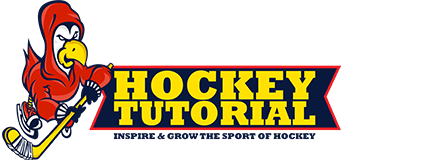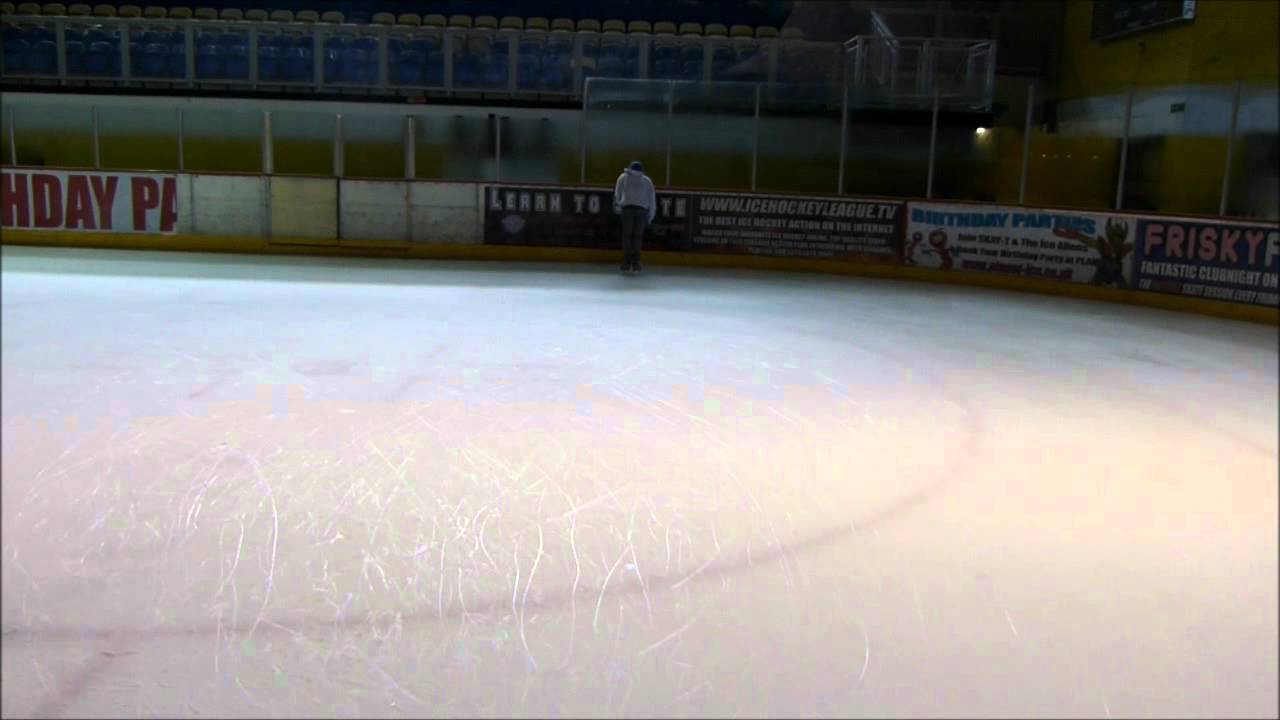Skate Toe Drag Drill
 The Skate Toe Drag Drill or Scrape Return Drills is a fantastic hockey power skating drills for promoting a deep knee bend and long stride and for a low return of the extended foot. This helps skaters that *run* on the ice and kick their feet up to their lower back after each stride. The idea behind the Skate Toe Drag Drill is to use your muscle memory to lock in the proper power skating stride technique. This drill can be used to practice Explosive Toe Starts and also to perfect forward proper strides.
The Skate Toe Drag Drill or Scrape Return Drills is a fantastic hockey power skating drills for promoting a deep knee bend and long stride and for a low return of the extended foot. This helps skaters that *run* on the ice and kick their feet up to their lower back after each stride. The idea behind the Skate Toe Drag Drill is to use your muscle memory to lock in the proper power skating stride technique. This drill can be used to practice Explosive Toe Starts and also to perfect forward proper strides.
Performing the Skate Toe Drag Drill
To perform this drill, you need to do a forward stride, but almost in slow motion, as after you fully extended your pushing foot, you need to allow the inside edge on the skates toe to drag along the ice as you recover the leg, making sure both your ankles come into contact with each other before repeating this motion with the other leg.
Extend the pushing leg (for power)
Drag the toe back (to remind yourself that you need to keep the skate low while recovering it)
Click your ankles together (to keep your skates directly under your centre of gravity)
• Knees bent
• Extend the pushing leg (for power)
• Drag the toe back (to remind yourself that you need to keep the skate low while recovering it)
• Click your ankles together (to keep your skates directly under your centre of gravity)
Ideal return is about 2 inches off the ice, so the skate toe drag drills exaggerates the action in order to allow your muscles to learn this, hopefully resulting in you using technique subconsciously.
Points
• Do not bounce or bob up and down. Try to maintain the same level for the hips.
• Deep knee bend and don’t lean forward too much.
• Keep deep knee bend for the gliding leg
• After finishing the stride return the foot by scraping the ice with the toe of the blade.
• Return the foot under the body by clicking the skates together.
The purpose of dragging the toes and touching the heels is to enable you to feel the difference between correct and incorrect execution. It’s much easier to feel the difference with your skates on the ice than when your skates are off the ice.








